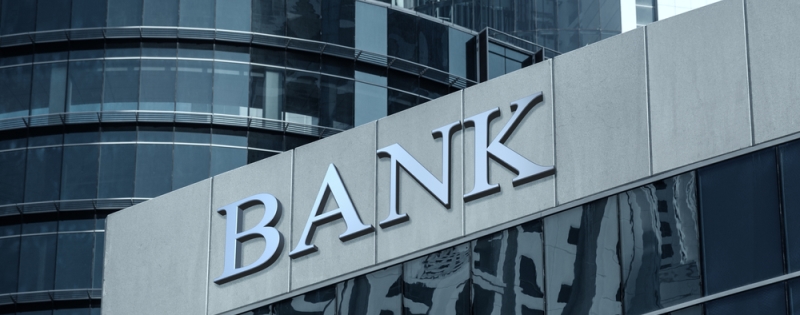MSCI’s U.S. distress tracker for Q4 2024 reached $107.0 billion, marking a significant 24.3% jump—or $20.9 billion—from the previous year. This is the biggest annual increase in a decade, though it’s still just over half the peak seen during the Global Financial Crisis. Looking ahead, this figure sets the stage for 2025.
On a positive note, the pace of distress growth has been easing since Q4 2023. In simpler terms, while distress is still rising, it’s doing so more slowly—the rate of acceleration is tapering off. Markets might prefer an instant drop in distress, but this slowdown is a critical and necessary step worth noting.
It’s also worth distinguishing between the total value of distressed assets and their sheer number. While large distressed loans grab attention, they don’t always signal a broader trend. MSCI pointed out that by the end of 2024, the number of distressed properties was only about a quarter of what it was at the height of the GFC.
Breaking it down by sector, office properties led the pack with $51.6 billion in distress—nearly half the total. Retail followed at $21.4 billion, multifamily at $17.1 billion, hotels at $12.7 billion, other categories at $2.6 billion, and industrial at $1.7 billion. Despite ranking third, multifamily was the main force behind the overall distress growth in Q4.
In commercial real estate circles, many have been waiting for distressed property sales to become a major opportunity. MSCI reported that these sales made up 2.5% of last year’s total deal volume—modest but notable as the highest share since 2015. For perspective, that figure hit nearly 18% back in 2010.
Looking at potential distress—issues like tenant struggles or property liquidations—offers another layer. Office properties face $74.7 billion in potential distress, but multifamily tops the list at $108.7 billion, accounting for 34.9% of the total risk pool.
The dynamics differ sharply between office and multifamily. Hybrid work has emptied out many offices, driving up vacancies and leaving owners scrambling to cover costs. Multifamily, on the other hand, isn’t seeing a wave of vacant units—people still need places to live, even if landlords hit rough patches. This contrast could make the distress picture trickier in the months ahead.
Source: GlobeSt.










